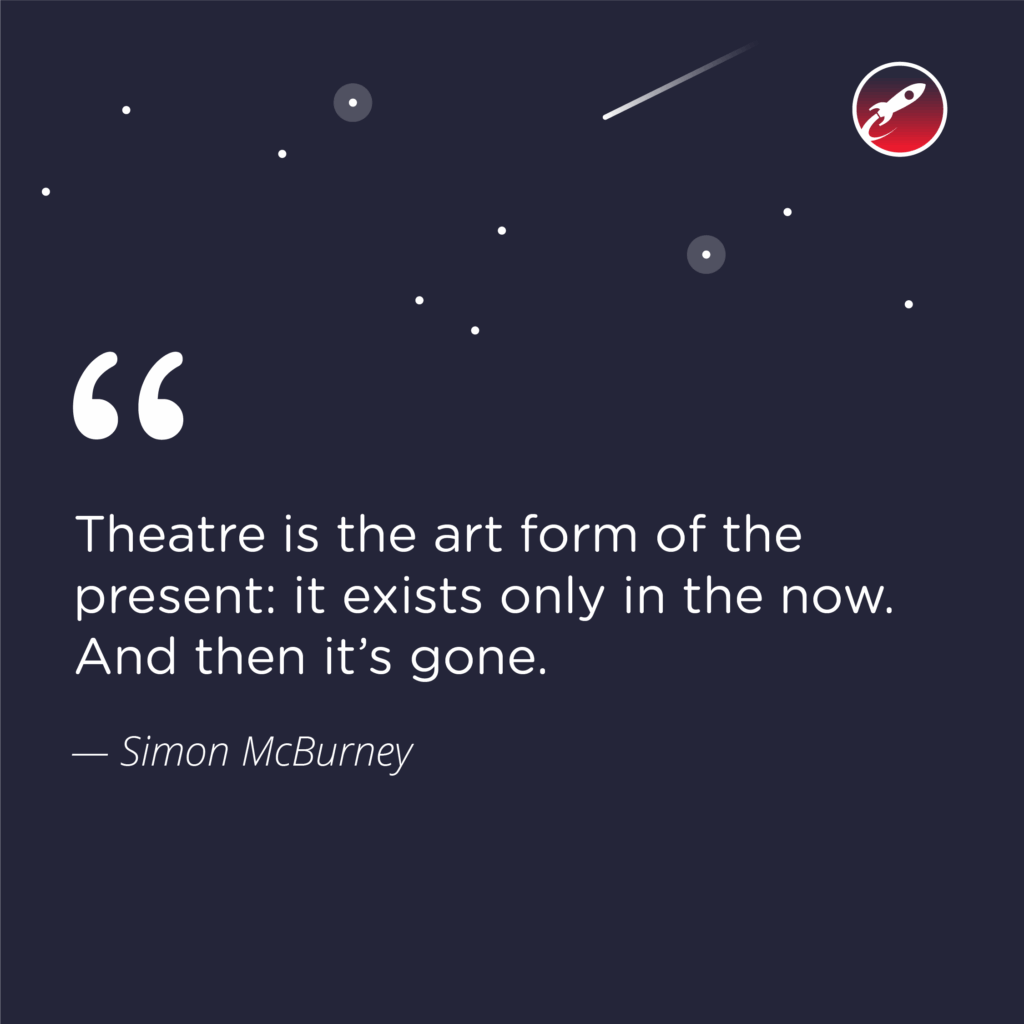DesignNova is a monthly series from Orbit Studios exploring the stories and secrets behind the world’s most iconic designs—where creativity meets history.
There are logos, and then there are movements.
Some marks are merely identifiers, but others rise above—they become shorthand for belief systems, emotional triggers, and cultural currency. The Nike Swoosh is not just a logo. It’s a global symbol of ambition, momentum, and the modern myth of personal greatness.
What makes this particular story extraordinary isn’t just the end result, but the unremarkable way it began.

The year was 1971. Phil Knight, co-founder of a small Oregon shoe company called Blue Ribbon Sports, had a problem: his distribution relationship with Japanese brand Onitsuka Tiger was coming to an end, and he needed to launch his own product line. It would need a name. And it would need a mark.
Enter Carolyn Davidson—a design student at Portland State University, working out of the university’s graphic design lab. Knight, who also taught accounting at PSU, knew her from a previous freelance gig doing charts for a presentation. He asked if she’d be interested in designing some logos for a new sports shoe brand. The brief was minimal, but pointed: “It needs to convey motion.” She accepted. The budget? A modest $2/hour, capped at $35.
Over the course of a few days, Davidson explored several directions. One sketch—a curved, swift stroke—stood out. A single motion that arced forward like a checkmark, wing, or ripple. It wasn’t just dynamic. It was primal.
Knight’s response? “I don’t love it… but it’ll grow on me.”
The mark was chosen, refined slightly, and paired with the new name: Nike—drawn from the Greek goddess of victory. The Swoosh made its debut on a soccer cleat in 1972, and just like that, one of the world’s most enduring logos was born.


So what makes the Swoosh work?
From a design theory standpoint, it’s a masterclass in semiotics and abstraction. The Swoosh moves. It leads the eye. It implies acceleration, but with control. It evokes the wing of Nike herself, while also nodding to the checkmark of achievement—completeness. It speaks to aspiration without saying a word.
Crucially, it’s scalable and self-contained. It functions on a billboard or on the side of a shoe. It works in monochrome or metallic foil. It survives with or without the Nike wordmark. It’s confident enough to be the brand.
Even more fascinating is how the Swoosh has matured. Over five decades, Nike’s marketing machine—helmed by legendary agency Wieden+Kennedy—has imbued the logo with layer upon layer of cultural resonance. It’s no longer just about sportswear. The Swoosh is a banner under which athletes, creatives, and entrepreneurs rally. It’s the embodiment of Just Do It, a campaign tagline so iconic that it’s now inseparable from the visual mark itself.

And what about Carolyn Davidson?
While the origin story often romanticizes the “$35 logo,” the real ending is more satisfying. In 1983, after Nike had gone public and the Swoosh had become omnipresent, Davidson was invited to a surprise event at Nike HQ where Phil Knight presented her with a diamond Swoosh ring and an envelope of company stock—reportedly now worth well over a million dollars. Davidson later said, “I never imagined it would turn into something like this. At the time, it was just another project.”
But therein lies the genius of great design: its value often reveals itself after the fact.
At Orbit Studios, we believe in logos that move—not just visually, but emotionally. Great design isn’t decoration—it’s direction. If you’re building something bold, we’d love to help it take flight.

